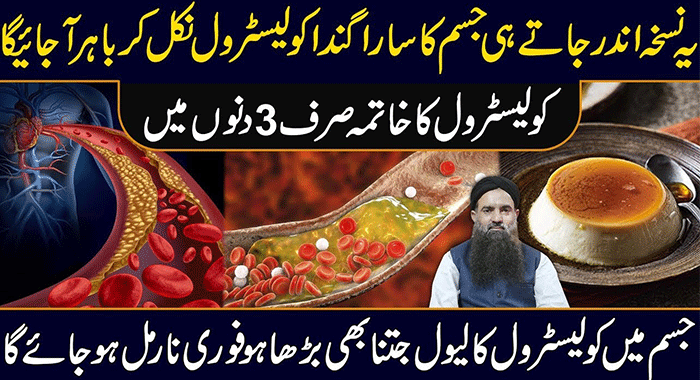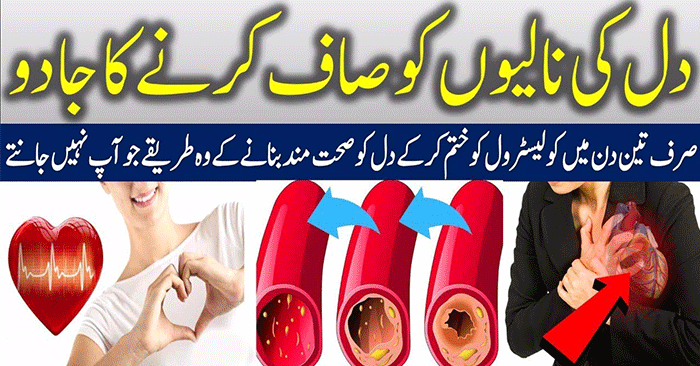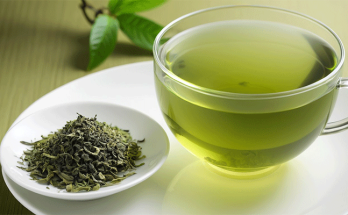
Cholesterol is like a passenger in your blood, and it travels with the help of proteins. When they team up, they become lipoproteins. There are two main types of lipoproteins:
High-density lipoprotein (HDL): This is the “good cholesterol” because it takes cholesterol away from your cells and brings it back to the liver. There, it either gets broken down or removed from your body as waste. Having more HDL is better.




Low-density lipoprotein (LDL): This is the “bad cholesterol” because it carries cholesterol to cells that need it. But if there’s too much cholesterol and the cells can’t use it all, it can build up in your artery walls and cause artery problems.
To check how much cholesterol is in your blood, including both HDL and LDL, you can have a blood test. The recommended cholesterol levels can vary depending on your risk of artery disease, which could be higher or lower.
What Are the Causes and Symptoms of High Cholesterol?
High cholesterol, also known as hyperlipidemia, can be caused by a few things like your family history, eating too much fatty food, being overweight, having certain illnesses like diabetes, or taking specific medications. The tricky part is, that you often won’t notice any problems until your blood vessels are seriously blocked or clogged.
Sometimes, when your cholesterol is super high, you might see little fatty lumps under your skin. When you have high cholesterol, your risk of getting heart disease or having a heart attack goes up.
How Do They Check for High Cholesterol?
To figure out if you have high cholesterol, your doctor will look at your blood to check your cholesterol levels. They’ll check for HDL, LDL, and triglycerides. In an ideal situation, you’d want your total cholesterol to be less than 200 milligrams per deciliter (mg/dl), triglycerides less than 150 mg/dl, and HDL (the good type) over 40 mg/dl. For most people, it’s good if your LDL is less than 130 mg/dl, but if you have heart disease or diabetes, they aim for even lower, less than 70 mg/dl.
How Do They Treat High Cholesterol?
The best way to lower your cholesterol is by changing what you eat. You should try to eat less saturated fat, which is the kind of fat found in things like butter. Plus, it’s a good idea to keep your daily cholesterol intake under 200 milligrams. Losing weight, exercising, and quitting smoking can also help a lot. While eating fewer carbs may not directly lower your cholesterol, it can be helpful for losing weight if you’re overweight.
Sometimes, changing your diet and being active isn’t enough, and that’s when you might need medicine to bring down your cholesterol. There are a few different types of drugs for that:
Statins, like atorvastatin, can help reduce your cholesterol and LDL levels. They work well and are usually safe, but they can sometimes cause muscle aches and affect your liver.
Nicotinic acid can lower a type of fat called VLDL and boost the good HDL. However, it can have side effects like itching, making your face red, and causing liver problems.
Omega-3 fatty acids from fish oil supplements could be useful if you have high triglycerides, low HDL, and moderately high cholesterol. But they might not be a guaranteed way to prevent heart disease.
Several foods can help lower cholesterol levels when included in a heart-healthy diet. Here are some cholesterol-lowering foods:
Adding these foods to your diet can help lower LDL cholesterol
Oats and Whole Grains: Foods like oatmeal, whole wheat, and brown rice are high in soluble fiber, which can help reduce LDL (bad) cholesterol.
Beans and Legumes: Beans, lentils, and chickpeas are rich in soluble fiber and can help lower cholesterol levels.
Nuts: Almonds, walnuts, and other nuts are high in healthy fats, fiber, and plant sterols that can help lower LDL cholesterol.
Fatty Fish: Fish like salmon, mackerel, and trout are high in omega-3 fatty acids, which can reduce triglycerides and boost HDL (good) cholesterol.
Olive Oil: Olive oil, particularly extra virgin olive oil, is a healthy source of monounsaturated fats, which can help lower LDL cholesterol.
Avocado: Avocado is rich in monounsaturated fats and can contribute to lower LDL cholesterol levels.
Fruits and Berries: Apples, strawberries, and citrus fruits contain pectin and other compounds that can help lower LDL cholesterol.
Garlic: Garlic has been associated with reduced cholesterol levels and can have heart-healthy benefits.
Soy Products: Soybeans and soy-based products like tofu and soy milk contain plant sterols that can help lower LDL cholesterol.
Plant Sterol-Enriched Foods: Some margarine, orange juice, and yogurt are fortified with plant sterols or stanols, which can help lower LDL cholesterol.
Green Tea: Green tea contains antioxidants that may have a positive effect on cholesterol levels.
Dark Chocolate: Dark chocolate with a high cocoa content (70% or more) can have a positive impact on cholesterol levels when consumed in moderation.








